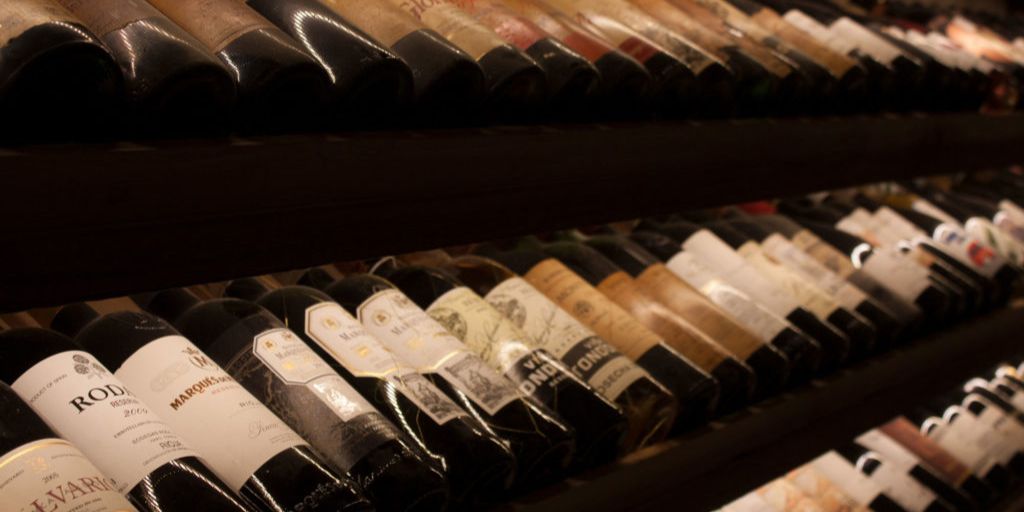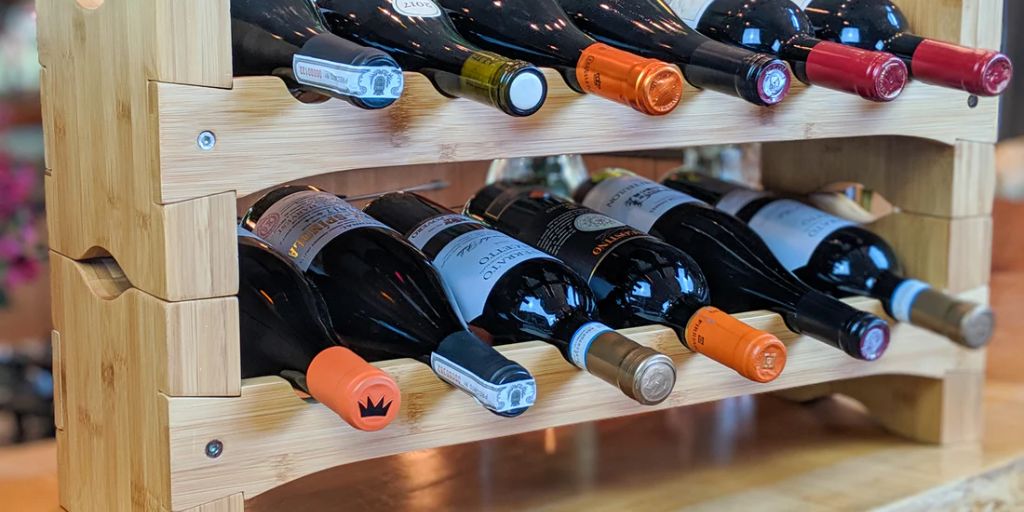Wine is a living, evolving product that responds to its environment. While the ideal setting for long-term wine storage is a climate-controlled cellar, the reality is that many wine lovers don’t have access to such a luxury.
The good news? You can store wine properly without a cellar—if you understand the essential principles of what wine needs (and what it doesn’t) to stay fresh, flavorful, and age gracefully.
Whether you’re holding onto a few special bottles for future enjoyment or building a modest collection, this article will guide you through how to store wine without a cellar—using smart strategies and spaces in your home.
Why Wine Storage Matters
Wine is sensitive to several environmental factors—especially temperature, light, humidity, and vibration. Storing wine under poor conditions can prematurely age it, flatten its flavor, or even spoil it entirely. Even a week or two of extreme heat or direct sunlight can undo the work of years of careful aging.
By controlling these factors, even without a cellar, you can protect your wine’s integrity and enjoy it as the winemaker intended.
The 5 Golden Rules of Wine Storage
Let’s begin with the non-negotiables. Whether you’re storing wine for three months or three years, these five rules are key:
1. Keep It Cool (But Not Too Cool)
Ideal wine storage temperature is around 55°F (13°C). More important than hitting that number exactly is consistency—frequent temperature swings are more damaging than storing wine a little warmer than ideal.
Avoid:
-
Storing wine near kitchen appliances
-
Attics, garages, or other areas prone to seasonal extremes
-
Refrigerators for long-term storage (they’re too cold and dry)
Better alternatives:
-
Interior closets or cabinets on lower floors
-
A cool, shaded corner in your basement or pantry
2. Avoid Direct Sunlight
UV rays can cause premature aging and degrade wine, especially those stored in clear or light-colored bottles. Light also contributes to oxidation, which can spoil the flavor.
Tip: Store wine in dark spaces, or use boxes, bags, or fabric covers to block light if needed. A wine rack in direct view of a window? Not a good idea.
3. Minimize Vibration
Constant movement can disrupt wine’s chemical structure and prevent sediment from settling. This is especially important for wines meant to be aged.
Avoid:
-
Placing wine above or next to washing machines, dishwashers, speakers, or other vibrating appliances
Better alternatives:
-
Stationary cabinets or shelving on a quiet interior wall
4. Store Bottles on Their Sides
For wines with cork closures, storing bottles horizontally keeps the cork moist, which prevents it from drying out and shrinking. A dry cork can let in oxygen, causing spoilage.
Screw caps or synthetic corks don’t require side storage, but organizing all bottles horizontally saves space and offers a consistent look.
5. Mind the Humidity
Optimal wine storage humidity is around 60-70%. Too dry, and corks may shrink; too damp, and labels could mold. While you don’t need a humidity gauge for short-term storage, be cautious in overly dry or wet environments.
Tip: If the room is too dry (as in many modern homes), placing a bowl of water near your wine stash can gently raise humidity levels.
Where to Store Wine Without a Cellar
Now that we understand the rules, let’s explore specific places you can use for wine storage, depending on your home layout and climate.
1. A Cool Interior Closet
Interior closets (especially those on ground or lower levels) are often cool, dark, and protected from temperature swings. Add a simple wine rack or stack wine boxes, and you’ve got an instant micro-cellar.
2. Under the Stairs
This often-overlooked space is great for wine storage. It tends to be dark, and if you’re not running HVAC through the space, it can maintain a relatively stable temperature.
3. Basement (Particularly Unfinished)
A basement that stays below 70°F year-round is an excellent wine storage environment, even without climate control. Avoid areas near heaters, hot water tanks, or sump pumps.
Tip: Use wooden shelving or wine crates instead of metal to help insulate against any cold or damp surfaces.
4. Pantry or Utility Room
If your pantry stays cool and dry, it’s a good short-to-medium-term storage option. Just be sure it’s away from ovens, dryers, or anything that creates heat.
5. Wine Fridge or Cooler
If you plan to store wine for over a year and lack consistent cool spaces, investing in a wine fridge is your best bet. These units come in various sizes and maintain ideal temperature and humidity with minimal energy use.

Storing Opened Bottles Without a Cellar
Sometimes, storing wine doesn’t mean aging—it just means keeping the last few glasses fresh. Here’s how to store opened wine:
-
Reseal Immediately: Use the original cork or a wine stopper to prevent oxygen exposure.
-
Refrigerate Open Bottles: Yes, even reds! Cooler temps slow down oxidation.
-
Use Preservation Tools: Vacuum pumps and inert gas sprays extend freshness.
-
Consume Within Days:
-
Sparkling wines: 1–2 days
-
Whites and rosés: 3–5 days
-
Reds: 3–5 days (bring to room temp before serving)
-
What Not to Do
Sometimes, the worst places are the ones that seem most convenient. Here are storage spots to always avoid:
-
On top of the fridge: It’s warm and vibrates frequently.
-
Near a window or direct sunlight: UV light damages wine quickly.
-
In the garage: Extreme temperature swings ruin wine.
-
In regular kitchen cabinets above the oven or stove: These can get very hot during cooking.
Organizing Your Home Wine Stash
Storing wine isn’t just about temperature and light—it’s also about knowing what you have and when to drink it.
-
Label by drink-by date: Use a sticker or tag to mark ideal consumption dates.
-
Group by type: Keep reds, whites, and sparkling separate for easy access.
-
Track with an app or notebook: Simple tracking tools help you avoid forgetting bottles you meant to open years ago.
Final Thoughts
While a dedicated cellar is a dream for many wine lovers, it’s far from necessary for effective wine storage. By understanding what wine needs—cool temperatures, darkness, stability—you can protect and preserve your bottles anywhere in your home.
Whether you’re storing a few everyday favorites or saving a special vintage for a milestone moment, these techniques ensure your wine stays delicious and drinkable—no cellar required.


